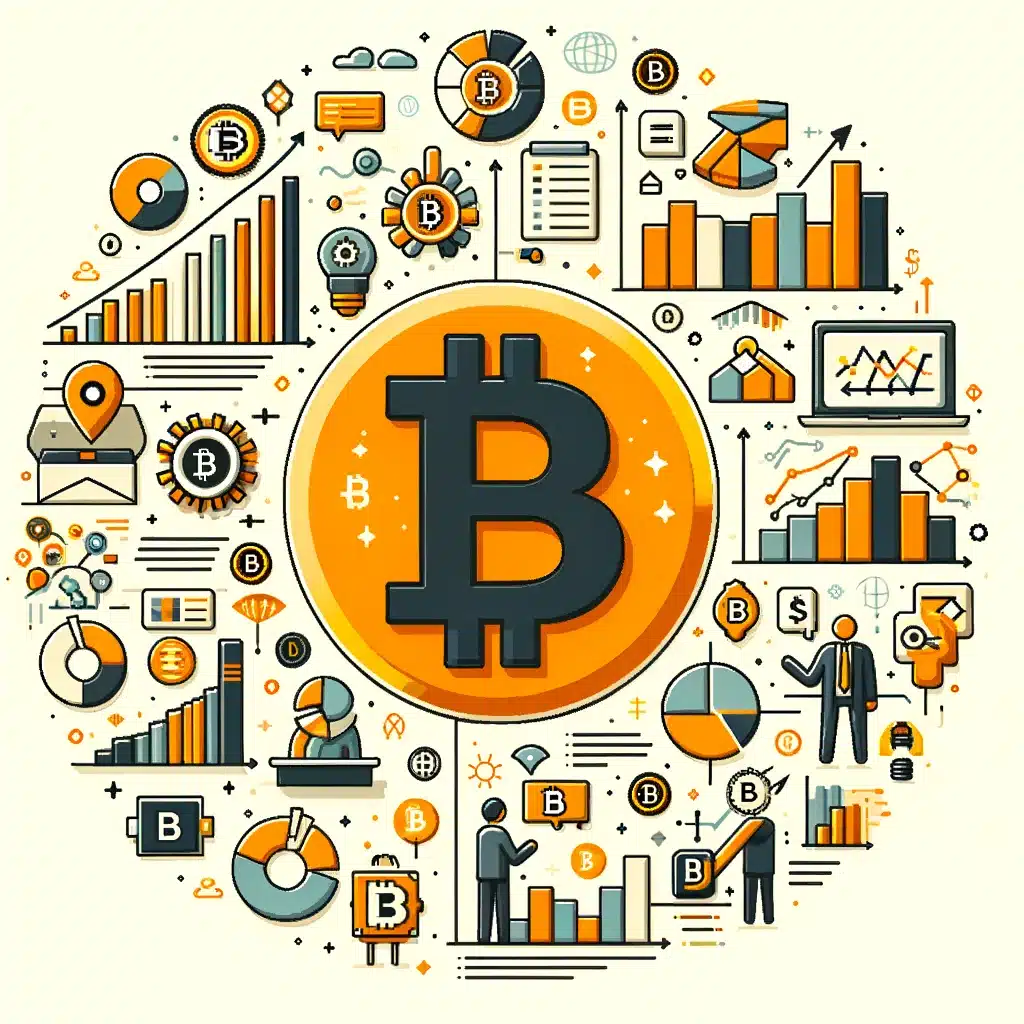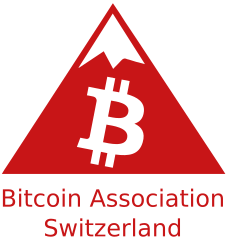Fiat Monetary System:
The fiat monetary system is a currency regime where a nation’s currency has value not because it is backed by physical commodities (like gold or silver) but because the government declares it legal tender. It is accepted as a medium of exchange.
Unlike commodity-based currencies, fiat money is not based on or convertible into a physical reserve. It derives its value largely from public confidence and the stability of the issuing government. While there might be some backing taking place, mainly because there were leftovers from a previous time when money still used to be backed, these days, it’s easier for nation-states to issue money on the spot and worry about the consequences later.
The potential danger of this system arises when central banks, which have the authority to issue currency, print money out of thin air. This practice can lead to several adverse effects.
Firstly, excessive printing of money can cause inflation, a general increase in prices, and a fall in the purchasing value of money. If left unchecked, this can lead to hyperinflation, severely eroding the wealth of savers and destabilising the economy.
Secondly, the ease of creating new money can also lead to irresponsible fiscal policies, where governments finance excessive spending by printing more money rather than managing resources efficiently or raising funds through taxation.
Historically speaking, the fiat system always had to adapt and find a new reserve currency to build the next version of our monetary world. While the US dollar is the world’s reserve currency, it’s very likely that it will also see an abrupt end, just as its predecessors have beforehand.
Austrian School of Economics:
The Austrian School of Economics, originating in late 19th-century Vienna, is characterised by its focus on individual decision-making, the importance of time and uncertainty in economics, and a staunch advocacy for free-market capitalism. Key figures include Carl Menger, Ludwig von Mises, and Friedrich Hayek. This school emphasises subjective value theory, meaning the value is determined by individual preferences and circumstances rather than inherent properties of goods.
Its popularity in the Bitcoin ecosystem can be attributed to several core principles that align closely with the ethos of Bitcoin. First, the Austrian School’s scepticism of central banking and government intervention in money resonates with the decentralised nature of bitcoin. Bitcoin operates independently of central banks, aligning with the Austrian advocacy for a hard, non-inflationary money supply.
Secondly, the Austrian School’s emphasis on individual autonomy and free-market principles mirrors bitcoin’s permissionless and borderless nature, offering financial sovereignty to users. This school’s distrust of centralised control and advocacy for a hard money standard echoes in bitcoin’s fixed supply and decentralised ledger.
Finally, the Austrian School’s focus on long-term economic planning aligns with bitcoin’s disinflationary model, which encourages saving and long-term investment, unlike fiat currencies prone to inflation. This philosophical synergy makes the Austrian School particularly appealing to bitcoin enthusiasts.
Inflation vs. Disinflation vs. Deflation:
Inflation and deflation are economic terms that describe the change in the purchasing power of money and the change in money supply. However, they refer to opposite processes.
Inflation is the rate at which the general level of prices for goods and services rises through price indexes and, subsequently, purchasing power falls. This is due to the increase in the money supply. The more money is printed, and if it can’t be spent quickly enough, prices must adapt to keep up with the expansion rate.
When inflation occurs, each unit of currency buys fewer goods and services. This decrease in purchasing power impacts the general cost of living, leading to consumers needing more money to maintain their standard of living.
The causes of inflation include an increase in production costs, higher energy prices, and national debt. Furthermore, inflation can occur when an economy grows due to increased spending. This is often considered a sign of a healthy economy, but only if the inflation rate is moderate, at least in modern economic models and theories.
Conversely, deflation is the decrease in the general price level of goods and services due to reduced money supply or a hard cap. It occurs when the inflation rate falls below 0%.
Deflation increases the actual value of money – the same amount of money can buy more goods and services. This might sound beneficial, but deflation can lead to reduced consumer spending. Industries that rely on public debt or consumerism would suffer heavily from it.
As prices fall, people may delay purchases, anticipating even lower prices, slowing economic spending. Causes of deflation typically include a reduction in the supply of money or credit, decreased government, personal or investment spending, or increased taxation.
Disinflation refers to a slowdown in the inflation rate – a decrease in the rate at which prices for goods and services rise over time. Also, disinflation can occur if the monetary policy has a scheduled reduction. In the Bitcoin ecosystem, this happens every 210’000 blocks with the halving, where the inflation rate and the mined bitcoin per day are reduced in half.
Unlike deflation, where prices actually drop, disinflation indicates a period where inflation continues but at a slower pace. For example, if the inflation rate drops from 5% to 3%, it’s disinflation.
This phenomenon can occur due to various factors such as governmental monetary policies, reduced demand for goods and services, or improvements in supply chains. It’s often considered a positive sign, indicating that an economy stabilises after high inflation, leading to more predictable prices and potentially increased consumer and business confidence.
Both inflation, disinflation, and deflation can significantly impact an economy. Central banks and governments try to control extreme inflation or deflation to stabilise the economy. Too much inflation can lead to a decrease in the value of money, while too much deflation can lead to a slowdown in economic growth.
Finite vs. Infinite Supply:
In economics, finite and infinite money supply refers to the total amount of money available, which has significant implications for economic stability, inflation, and policymaking.
A finite money supply means a fixed, limited amount of money is in circulation. This limitation can be natural, like in the case of commodity money (e.g., gold or silver), where the available commodity constrains the supply. Like in bitcoin, there is also the option to have a hard cap programmed into the monetary policy.
Alternatively, it can be artificially imposed by a central authority, like a central bank, which decides on a cap for the money supply. The primary advantage of a finite money supply is its ability to preserve the value of money, minimising inflation since increasing the money supply will devalue the existing currency.
In contrast, an infinite money supply suggests no upper limit to the amount of money that can be created. This is typical in fiat currency systems, where money is not backed by a physical commodity but by the government’s declaration. Central banks can issue new money as needed, providing flexibility to respond to economic crises, stimulate growth, or manage inflation.
However, this flexibility comes with the risk of hyperinflation if too much money is printed, as seen in historical examples like post-World War I Germany or Zimbabwe in the early 2000s. The value of money can rapidly decline if the increase in money supply outpaces economic growth, leading to a loss of trust in the currency and, eventually, a total collapse of the economy itself.
In summary, a finite money supply offers stability and protection against inflation but can restrict economic hypergrowth and lead to deflation. Infinite money supply provides more flexibility for economic management but carries the risk of hyperinflation and currency devaluation.

